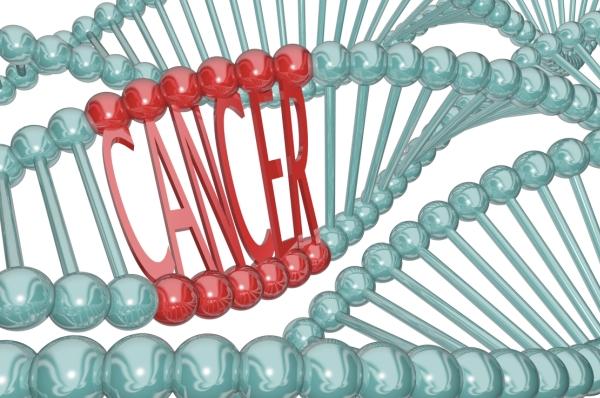Breast Cancer Genes: How Much Risk Do BRCA Mutations Bring?

Women with mutations in the BRCA1 and BRCA2 genes are at increased risk for breast and ovarian cancer, but a woman's exact cancer risk may vary greatly depending on exactly how her gene is mutated, or changed from its original form.
A new study identifies a number of mutations in the BRCA1 and BRCA2 genes that may help doctors provide women with more precise estimates of their cancer risk.
"We have women who are 70 and 80 years old who have BRCA1 [or] BRCA2 mutations and have never developed cancer of any kind," said study researcher Timothy Rebbeck, a professor of epidemiology at the University of Pennsylvania's Perelman School of Medicine. "If we can give more precise risk estimates," this may help women with their decisions, Rebbeck said.
For example, women with BRCA mutations face decisions about their treatment, such as whether they should undergo surgery to prevent breast or ovarian cancer, or how soon they should get surgery. Those decisions could change if women had more precise information about their risk, Rebbeck said. Actress Angelina Jolie Pitt recently disclosed she is a carrier of a BRCA1 mutation, and underwent surgery to prevent both breast and ovarian cancer.
Still, Rebbeck emphasized that the new study did not look at how doctors and patients might use this information about cancer risk — or exactly how much of a change in the level of cancer risk might affect a woman's decisions about undergoing a specific treatment. [7 Diseases You Can Learn About From a Genetic Test]
Rebbeck and colleagues analyzed information from more than 31,000 women in 33 countries who had mutations in the BRCA1 or BRCA2 genes. The study stretched from 1937 to 2011, and the researchers looked at whether or not the women were diagnosed with cancer during that time.
During the study, 46 percent of women with BRCA1 mutations and 52 percent of women with BRCA2 mutations were diagnosed with breast cancer, and 12 percent of women with BRCA1 mutations and 6 percent of women with BRCA2 mutations were diagnosed with ovarian cancer. In addition, 5 percent of women with BRCA1mutations and 2 percent of women with BRCA2 mutations were diagnosed with both breast and ovarian cancer.
Sign up for the Live Science daily newsletter now
Get the world’s most fascinating discoveries delivered straight to your inbox.
Within the BRCA1 and BRCA2 genes, the researchers identified certain genetic mutations that significantly increased or decreased a person's risk of cancer.
For example, women with any mutation in the BRCA1 gene had a 59 percent chance of developing breast cancer by age 70, on average. But for women with specific BRCA1 mutations that were more common among people of Ashkenazi Jewish decent, the risk of breast cancer was 69 percent, on average, and for one mutation, the risk reached 83 percent, the study found.
About 1 in 400 people have BRCA mutations, according to the National Cancer Institute. Both the BRCA1 and BRCA2 genes are involved in repairing damaged DNA in cells, so mutations in these genes can render cells unable to repair damaged DNA as they should. Researchers aren't sure exactly why women's risk levels vary depending on the exact mutations they have. However, it may be that in people with certain mutations, the protein can still do its normal job to some extent, whereas in people with other mutations, the protein works more poorly.
The researchers also found that women with any mutation in the BRCA2 gene had an 11 percent chance of developing ovarian cancer by age 70, on average. But if that mutation did not interfere with the length of the BRCA protein, then the risk of ovarian cancer was only 3 percent — about one-third of the risk level seen in women with other mutations.
The researchers are now creating a computer model to calculate an individual woman's lifetime risk of breast or ovarian cancer depending on her exact BRCA1 and BRCA2 mutations, Rebbeck said.
The researchers noted that their current estimates of breast or ovarian cancer risk up to age 70 are limited because these estimates do not take into account some factors, such as a woman's family history of breast or ovarian cancer. The estimates also fail to consider other factors besides cancer that can influence lifespan.
The study is published in the April 7 issue of the Journal of the American Medical Association.
Follow Rachael Rettner @RachaelRettner. Follow Live Science @livescience, Facebook & Google+. Original article on Live Science.

Rachael is a Live Science contributor, and was a former channel editor and senior writer for Live Science between 2010 and 2022. She has a master's degree in journalism from New York University's Science, Health and Environmental Reporting Program. She also holds a B.S. in molecular biology and an M.S. in biology from the University of California, San Diego. Her work has appeared in Scienceline, The Washington Post and Scientific American.









